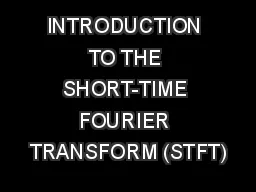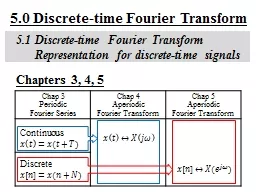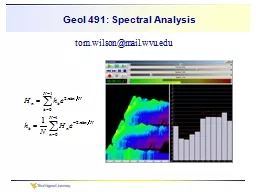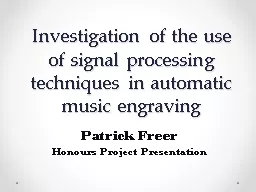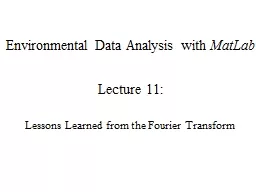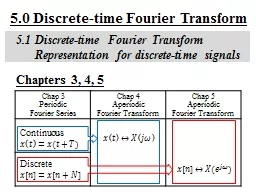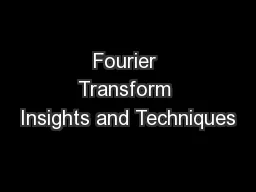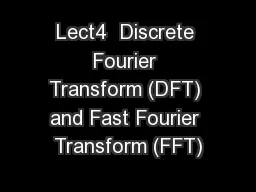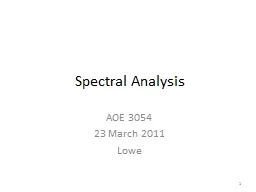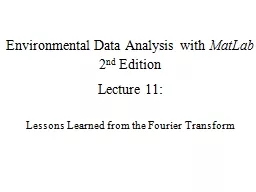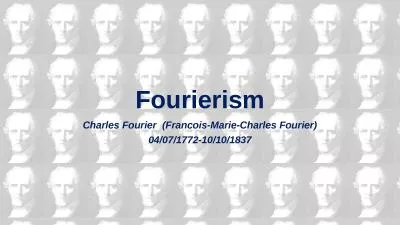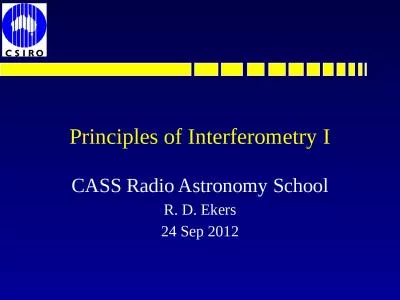PPT-INTRODUCTION TO THE SHORT-TIME FOURIER TRANSFORM (STFT)
Author : tawny-fly | Published Date : 2020-04-05
Richard M Stern Raymond Xia 18491 lecture April 22 2019 Department of Electrical and Computer Engineering Carnegie Mellon University Pittsburgh Pennsylvania 15213
Presentation Embed Code
Download Presentation
Download Presentation The PPT/PDF document " INTRODUCTION TO THE SHORT-TIME FOURIER ..." is the property of its rightful owner. Permission is granted to download and print the materials on this website for personal, non-commercial use only, and to display it on your personal computer provided you do not modify the materials and that you retain all copyright notices contained in the materials. By downloading content from our website, you accept the terms of this agreement.
INTRODUCTION TO THE SHORT-TIME FOURIER TRANSFORM (STFT): Transcript
Download Rules Of Document
" INTRODUCTION TO THE SHORT-TIME FOURIER TRANSFORM (STFT)"The content belongs to its owner. You may download and print it for personal use, without modification, and keep all copyright notices. By downloading, you agree to these terms.
Related Documents

